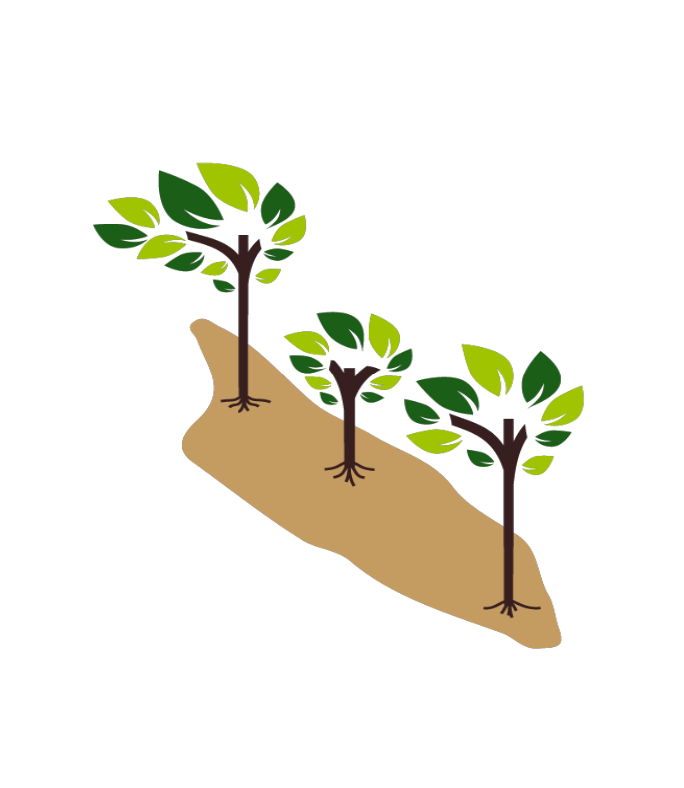The world looks better in green
One native tree at a time!
Ban Lanta y Planta is a local initiative dedicated to restoring Aruba’s native tree cover and protecting the island’s unique biodiversity. Through tree planting, conservation, and education, we aim to rebuild healthy ecosystems, combat climate change, and raise awareness about the importance of preserving Aruba’s natural environment for future generations.

Recent Projects
Meet the Trees
Learn more about the native trees we strive to preserve

11 Jun 2025
Dividivi

11 Jun 2025


